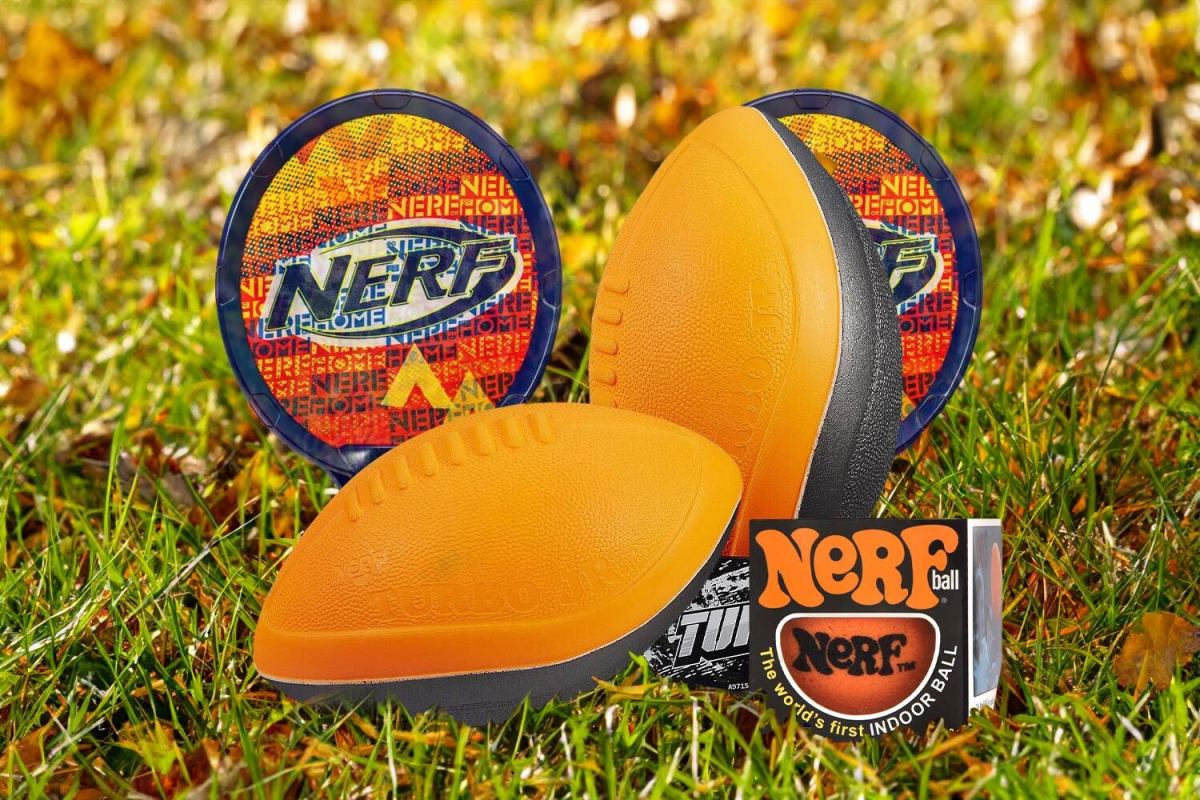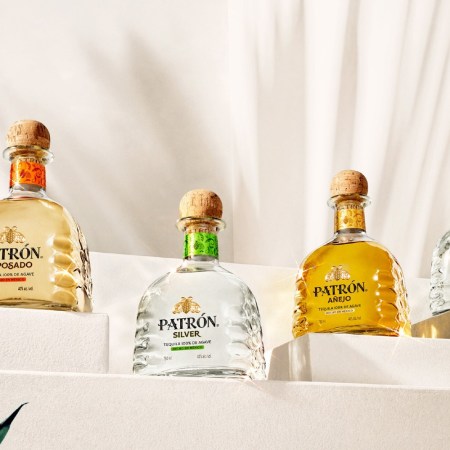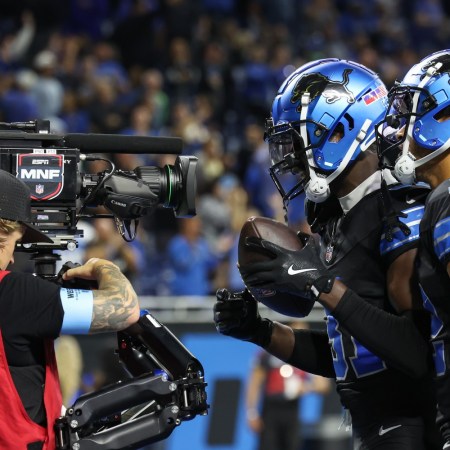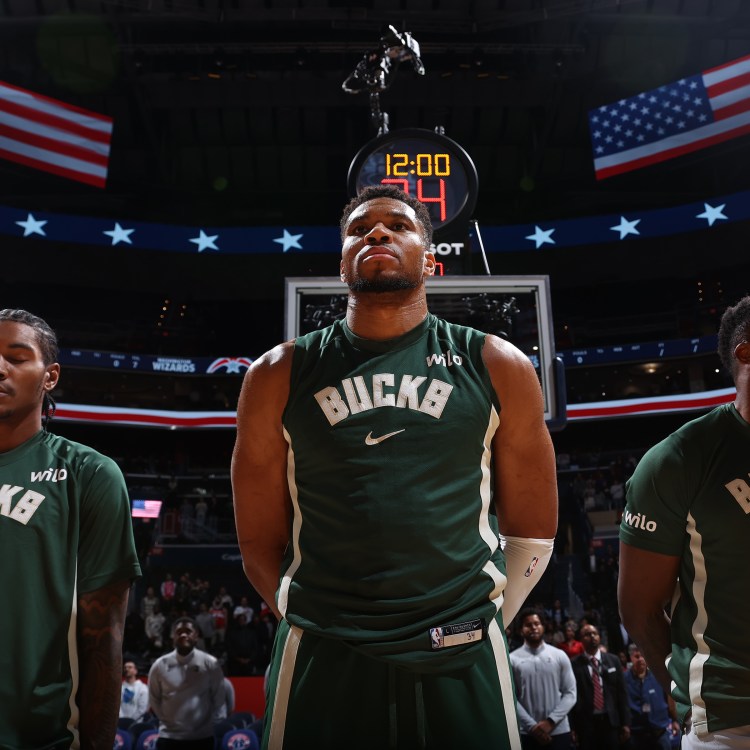Our lives are most affected by events that occur before we’re old enough to think. For me (second only to my parents’ decision to move from Libertyville to Glencoe, Illinois) the invention of the NERF football in 1972 was a game changer, back when I was not yet four years old and Jupiter was still aligned with Mars.
Anyone who follows pro football will know that placekickers, like goalies in hockey and ball-turret gunners in B29s, are the oddball members of the team — goofy, out there, different. That’s why it makes perfect sense it was a kicker, Fred Cox of the Minnesota Vikings, who invented the NERF football as a way to zing the peel around the yard while putting extra jingle-jangle in his hip pocket. Such fans also know that the claims made in early ad campaigns, that the NERF ball could be thrown in suburban living rooms without endangering lamps or antique vases, was crap. But that doesn’t matter because with the invention of the NERF football came the greatest backyard games ever played, contests that were nothing but highlights, where every third- and-long meant flea flicker and every interception meant pick-six. There was no extra point in NERF. There still isn’t.
Each Thanksgiving, my thoughts turn back to NERF, the red and black ball revolving slowly against the sky like in a steady cam shot for NFL Films, the voice of John Facenda narrating: “The autumn wind is a Raider, pillaging just for fun, he’ll knock you round and upside down and laugh when he’s conquered and won.”
Cox, who played 15 NFL seasons on the Minnesota tundra before they built the dome, still holds the franchise record for points, which he kicked through the goalposts with a custom-made, square-towed, Frankenstein-like shoe. With toy-making entrepreneur John Mattox, he created the first NERF football by injecting foam into a standard football-sized mold. The NERF is to the real football as the soft shell is to the hard-shell crab — mushy, succulent, delicious.
Mattox and Cox sold the idea to Hasbro, who added it to their existing stock of “indoor balls.” The result was a boom — 8.5 million NERF footballs were sold in 1979, the same year that, at 11 years old, I made the most spectacular one-handed catch in Chicagoland history. The public parks and school playgrounds were filled with kids playing NERF. That meant five-on-five with a center, a flanker, a burner, a wideout and a quarterback who had a five-Mississippi count to run through his check-downs and find the open man. We played flag football with a pigskin in gym class, but outside it was tackle football with NERF. It was mob ball: hit your opponent so hard that, to quote the great Brian Bosworth, you made a “snot bubble.”
The Battle of the Century: UFC vs. 1,200 of Its Own Fighters
The company helped turn mixed martial arts into a global sensation. According to a $4.8 billion class-action lawsuit filed by fighters, it’s also an illegal monopoly paying them far less than they are worth.The ball was soft and life was good, but the game was hard — and weird, too. You could catch the thing between your knees, between your head and shoulder, or hide it under your shirt, the result being every kind of trick and innovation, comeback, surprise turn and weekend spectacular. We copied the players and teams we watched on our primitive TV sets on Sunday. This being the late ‘70s and early ‘80s, it was either Steelers or Cowboys, Bradshaw or Staubach, Too Tall Jones or Mean Joe Green, who, in the world of dreams, was forever tossing you his black and gold jersey for a bottle of Coke.
In copying their plays, we made the game our own, a product, or so it seemed to us, that was often superior to the grinding slugfests we watched before and after the big meal on Thanksgiving. This was sport stripped to its essence, the root number beneath the big digits of big business: friends huddled over the spongy peel on an ice-cold Chicago day, putting it all on the line as the wind whipped off the lake, holding the ball aloft as God held aloft the sun to give Joshua time to defeat the Amorites.
And no, we didn’t do it for the money. Shoeless Joe Jackson, banned from baseball for life for his role in fixing the 1919 World Series said he would have played for free. Well, we actually did play for free. Sure, sometimes the ball flew funny because the dog had taken a bite out of it, but that was just one of the conditions, like sleet or sideways rain.
Of course, it was all just make-believe. We pretended we were pros, pretended we were fierce and even pretended we were good. For those few hours, with the help of Cox’s ball, we Walter Mitty-ed our way into the minds of grizzled old NFL vets, tested and cynical about the business while never forgetting our love of the sport, akin to Nick Nolte in North Dallas Forty or Bert Reynolds in Semi-Tough.
Now and then, we came to blows. Now and then, because of what we considered a bogus call, we played a game “under protest.” Now and then, when a team that cheated gave up a quick score, we proclaimed the righteousness of our case by declaring “Cheater’s proof.”
Then we went home and drank hot chocolate.
The Charge will help you move better, think clearer and stay in the game longer. Subscribe to our wellness newsletter today.




















